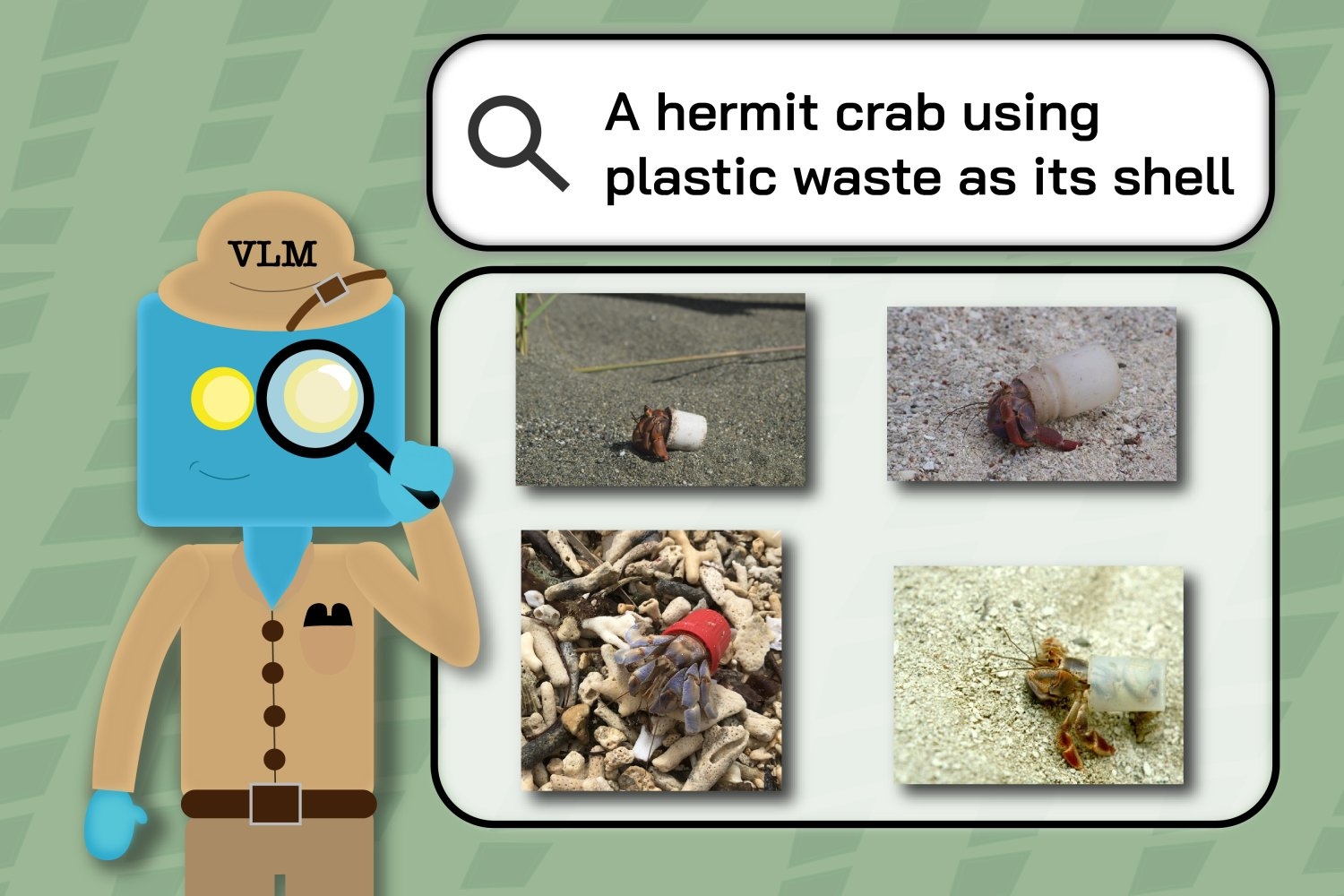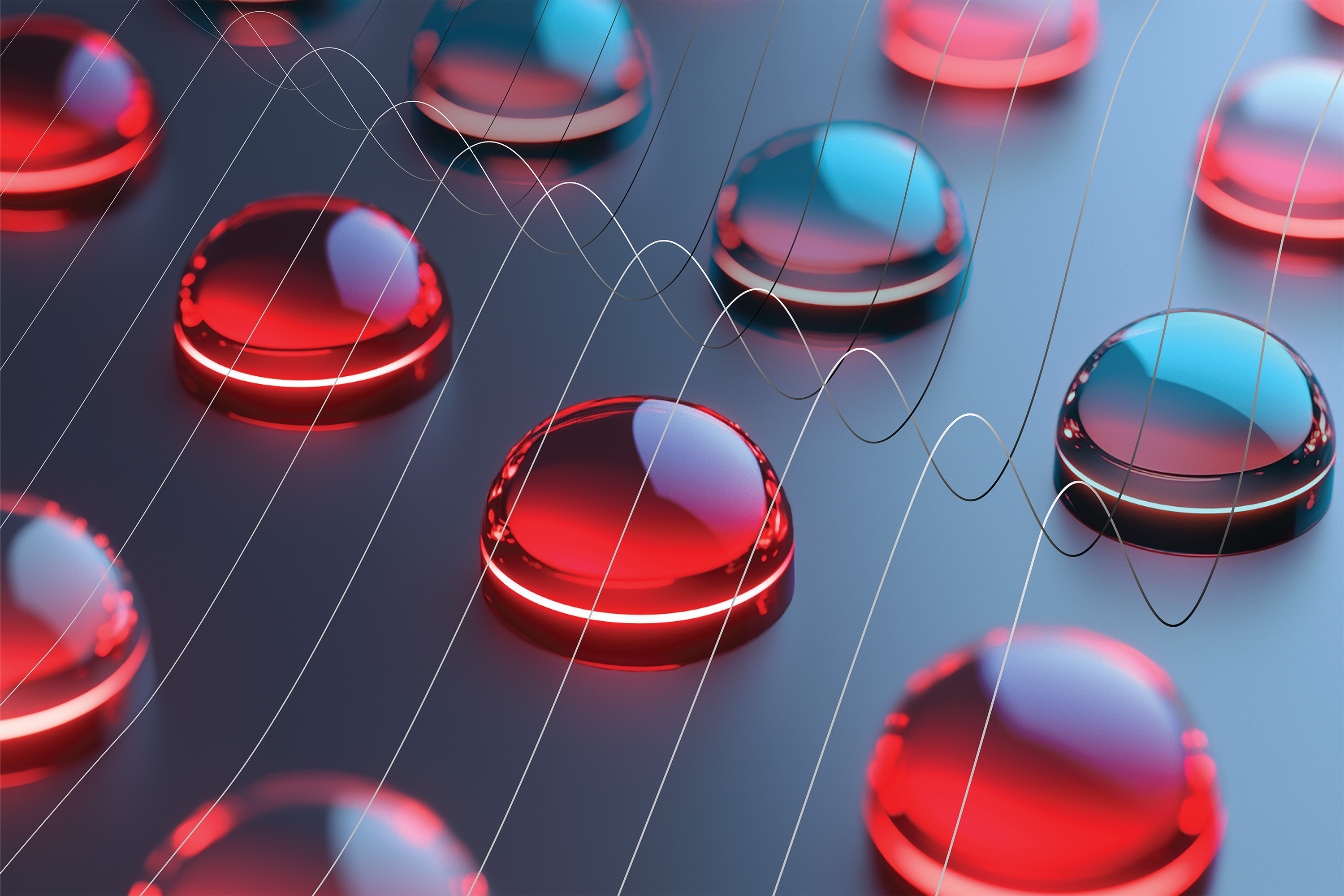Thomas Varnish loves his hobbies — knitting, baking, pottery — it’s a long list. His latest interest is analog film photography. A picture with his mother and another with his boyfriend are just a few of Varnish’s favorites. “These moments of human connection are the ones I like,” he says.
Varnish’s love of capturing a fleeting moment on film translates to his research when he conducts laser interferometry on plasmas using off-the-shelf cameras. At the Department of Nuclear Science and Engineering, the third-year doctoral student studies various facets of astrophysically relevant fundamental plasma physics under the supervision of Professor Jack Hare.
It’s an area of research that Varnish arrived at organically.
A childhood fueled by science
Growing up in Warwickshire, England, Varnish fell in love with lab experiments as a middle-schooler after joining the science club. He remembers graduating from the classic egg-drop experiment to tracking the trajectory of a catapult, and eventually building his own model electromagnetic launch system. It was a set of electromagnets and sensors spaced along a straight track that could accelerate magnets and shoot them out the end. Varnish demonstrated the system by using it to pop balloons. Later, in high school, being a part of the robotics club team got him building a team of robots to compete in RoboCup, an international robot soccer competition. Varnish also joined the astronomy club, which helped seed an interest in the adjacent field of astrophysics.
Varnish moved on to Imperial College London to study physics as an undergraduate but he was still shopping around for definitive research interests. Always a hands-on science student, Varnish decided to give astronomy instrumentation a whirl during a summer school session in Canada.
However, even this discipline didn’t quite seem to stick until he came upon a lab at Imperial conducting research in experimental astrophysics. Called MAGPIE (The Mega Ampere Generator for Plasma Implosion Experiments), the facility merged two of Varnish’s greatest loves: hands-on experiments and astrophysics. Varnish eventually completed an undergraduate research opportunity (UROP) project at MAGPIE under the guidance of Hare, his current advisor, who was then a postdoc at the MAGPIE lab at Imperial College.
Part of Varnish’s research for his master’s degree at Imperial involved stitching together observations from the retired Herschel Space Telescope to create the deepest far-infrared image ever made by the instrument. The research also used statistical techniques to understand the patterns of brightness distribution in the images and to trace them to specific combinations of galaxy occurrences. By studying patterns in the brightness of a patch of dark sky, Varnish could discern the population of galaxies in the region.
Move to MIT
Varnish followed Hare (and a dream of studying astrophysics) to MIT, where he primarily focuses on plasma in the context of astrophysical environments. He studies experimental pulsed-power-driven magnetic reconnection in the presence of a guide field.
Key to Varnish’s experiments is a pulsed-power facility, which is essentially a large capacitor capable of releasing a significant surge of current. The electricity passes through (and vaporizes) thin wires in a vacuum chamber to create a plasma. At MIT, the facility currently being built at the Plasma Science and Fusion Center (PSFC) by Hare’s group is called: PUFFIN (PUlser For Fundamental (Plasma Physics) INvestigations).
In a pulsed-power facility, tiny cylindrical arrays of extremely thin metal wires usually generate the plasma. Varnish’s experiments use an array in which graphite leads, the kind used in mechanical pencils, replace the wires. “Doing so gives us the right kind of plasma with the right kind of properties we’d like to study,” Varnish says. The solution is also easy to work with and “not as fiddly as some other methods.” A thicker post in the middle completes the array. A pulsed current traveling down the array vaporizes the thin wires into a plasma. The interactions between the current flowing through the plasma and the generated magnetic field pushes the plasma radially outward. “Each little array is like a little exploding bubble of magnetized plasma,” Varnish says. He studies the interaction between the plasma flows at the center of two adjacent arrays.
Studying plasma behavior
The plasma generated in these pulsed-power experiments is stable only for a few hundred nanoseconds, so diagnostics have to take advantage of an extremely short sampling window. Laser interferometry, which images plasma density, is Varnish’s favorite. In this technique, a camera takes a picture of a split laser beam, one arm of which encounters the plasma and one that doesn’t. The arm that hits the plasma produces an interference pattern when the two arms are recombined. Capturing the result with a camera allows researchers to infer the structure of the plasma flows.
Another diagnostic method involves placing tiny loops of metal wire in the plasma (called B-dots), which record how the magnetic field in the plasma changes in time. Yet another way to study plasma physics is using a technique called Faraday rotation, which measures the twisting of polarized light as it passes through a magnetic field. The net result is an “image map of magnetic fields, which is really quite incredible,” Varnish says.
These diagnostic techniques help Varnish research magnetic reconnection, the process by which plasma breaks and reforms magnetic fields. It’s all about energy redistribution, Varnish says, and is particularly relevant because it creates solar flares. Varnish studies how having not-perfectly-opposite magnetic field lines might affect the reconnection process.
Most research in plasma physics can be neatly explained by the principles of magnetohydrodynamics, but the phenomena observed in Varnish’s experiments need to be explained with additional theories. Using pulsed power enables studies over longer length scales and time periods than in other experiments, such as laser-driven ones. Varnish is looking forward to working on simulations and follow-up experiments on PUFFIN to study these phenomena under slightly different conditions, which might shed new light on the processes.
At the moment, Varnish’s focus is on programming the control systems for PUFFIN so he can get it up and running. Part of the diagnostics system involves ensuring that the facility will deliver the plasma-inducing currents needed and perform as expected.
Aiding LGBTQ+ efforts
When not working on PUFFIN or his experiments, Varnish serves as co-lead of an LGBTQ+ affinity group at the PSFC, which he set up with a fellow doctoral student. The group offers a safe space for LGBTQ+ scientists and meets for lunch about once a month. “It's been a nice bit of community building, and I think it's important to support other LGBTQ+ scientists and make everyone feel welcome, even if it's just in small ways,” Varnish says, “It has definitely helped me to feel more comfortable knowing there’s a handful of fellow LGBTQ+ scientists at the center.”
Varnish has his hobbies going. One of his go-to bakes is a “rocky road,” a British chocolate bar that mixes chocolate, marshmallows, and graham crackers. His research interests, too, are a delicious concoction mixed together: “the intersection of plasma physics, laboratory astrophysics, astrophysics (the won’t-fit-in-a-lab kind), and instrumentation.”

 5 months ago
45
5 months ago
45


